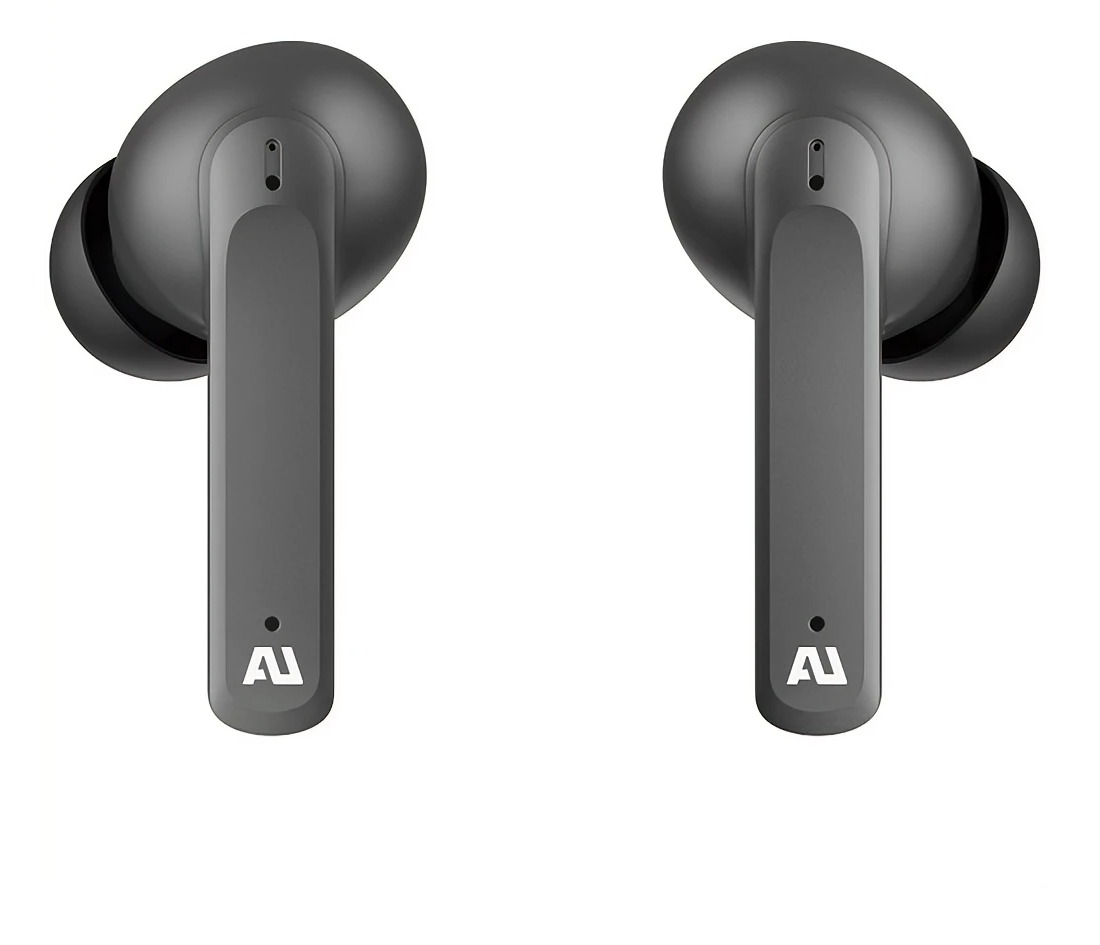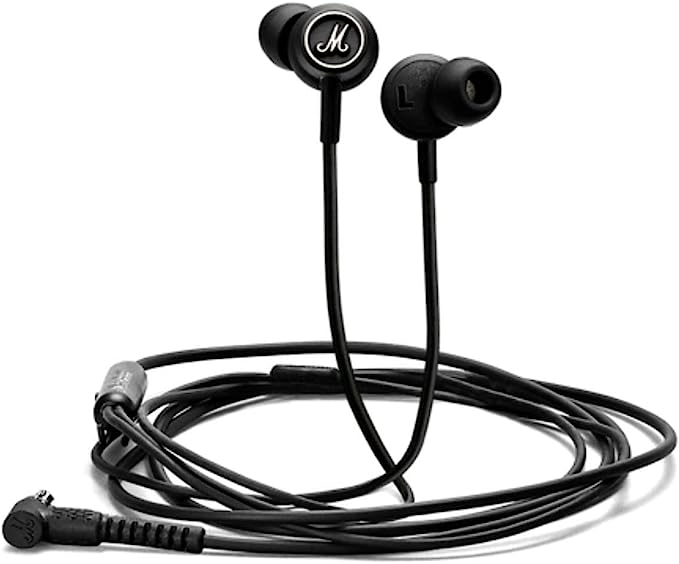RØDE Wireless Go II: Crystal-Clear Wireless Audio for Creators
Update on Sept. 22, 2025, 12:56 p.m.
How a 1940s movie star’s forgotten invention forms the backbone of modern marvels like the RØDE Wireless Go II, and ensures your voice is heard in a world screaming with noise.
Imagine a film set. The lead actor is delivering a career-defining monologue, a whispered confession that holds the entire emotional weight of the story. The camera is rolling, the lighting is perfect, but an invisible gremlin is at work. In the screening room later, the director hears it: a crackle, a hiss, a moment of digital static that shatters the performance. The connection was lost. The moment is gone.
This is the fundamental terror of wireless technology. We’ve wrapped our world in a web of invisible connections, yet we instinctively understand their fragility. In an era saturated with signals—Wi-Fi, Bluetooth, cell towers, and even microwave ovens—how do we guarantee that one specific signal, a single human voice, can travel perfectly from a lapel to a camera?
The answer, remarkably, doesn’t start in Silicon Valley. It starts in the 1940s, with one of Hollywood’s most glamorous film stars, a secret wartime patent, and a piece of physics so elegant it remains the foundation of our connected world today.

The First Challenge: Turning Breath into Voltage
Before a voice can travel wirelessly, it must first be captured. This initial step is a quiet miracle of physics known as transduction. When a person speaks, they create vibrations—compressions and rarefactions of air molecules. A microphone’s job is to convert this physical, mechanical energy into an electrical signal.
Inside the tiny grille of a modern clip-on microphone lies a condenser capsule. It’s a deceptively simple device: a gossamer-thin, electrically sensitive diaphragm positioned fractions of a millimeter from a solid metal backplate. As your sound waves strike the diaphragm, it vibrates, minutely altering the distance between itself and the plate. This tiny dance changes the electrical capacitance of the system, creating a fluctuating voltage that is a perfect electrical mirror—an analog—of your voice’s unique waveform. The breath has become voltage. But this new signal is fragile, a delicate electrical whisper vulnerable to the world’s noise.

The Digital Revolution: A Perfect, Unchanging Message
For decades, early wireless systems transmitted this raw analog signal. Like an old FM radio broadcast, it was susceptible to every form of electrical interference along its path. The result was often a cocktail of static, hisses, and hums that became inseparable from the original sound.
The solution was to stop sending the original. Instead, we send a perfect clone.
This is the magic of Analog-to-Digital Conversion (ADC). Before the signal ever braves the airwaves, it undergoes a transformation. A specialized chip measures the voltage of the analog wave thousands of times per second. Each measurement is assigned a precise numerical value. This process is governed by a beautiful piece of mathematics called the Nyquist-Shannon sampling theorem, which dictates the absolute minimum speed required to create a faithful digital copy without losing information.
Think of it like tracing a masterpiece painting. The analog signal is the original, with its infinitely smooth brushstrokes. The digital signal is an incredibly high-resolution scan. It’s not the original canvas, but it’s a dataset so detailed that it’s practically indistinguishable from the real thing. The crucial advantage? This digital message, now a stream of ones and zeros, is immune to the analog world’s degradation. A “one” will remain a “one” and a “zero” a “zero,” even if it encounters noise. The message is now robust, unchanging, and ready for its journey.
The Invisible Highway and its Traffic Jams
Every wireless device needs a road to travel on. For many of today’s gadgets, including Wi-Fi routers, Bluetooth devices, and advanced wireless microphones, that road is the 2.4 Gigahertz (GHz) band. Designated by international agreement as an ISM (Industrial, Scientific, and Medical) band, it’s a slice of the public radio spectrum that doesn’t require a license to use. It’s a public park for data.
And like any popular park on a sunny day, it is incredibly crowded.
Your Wi-Fi network is shouting in one corner, your wireless headphones are whispering in another, and your neighbor’s baby monitor is crying out in the middle. When all these devices try to talk at once, their signals can collide, interfere, and cancel each other out. This is the source of the dreaded dropout, the digital static that ruined our actor’s monologue. In this chaotic environment, simply transmitting with more power—shouting louder—isn’t the answer. The solution had to be smarter, more agile. And incredibly, the blueprint for that solution was drawn up 80 years ago.
The Secret Weapon: A Hollywood Actress’s Wartime Brainchild
Her name was Hedy Lamarr. Known to the world as a stunningly beautiful and talented star of the silver screen, she lived a secret second life as a brilliant, self-taught inventor. During World War II, Lamarr, an Austrian émigré who had fled her marriage to an arms dealer with ties to the Nazi regime, was determined to contribute to the Allied war effort.
She knew that radio-controlled torpedoes were a promising new weapon but were easily jammed by the enemy. A single, powerful radio broadcast on the torpedo’s guidance frequency was all it took to send it astray. The problem, she realized, wasn’t about protecting one frequency; it was about not relying on one frequency at all.
Working with her friend, the avant-garde composer George Antheil, she devised an ingenious solution. Using a mechanism modeled on the synchronized paper rolls of a player piano, she created a “Secret Communication System.” Their device would enable both the transmitter and the receiver to rapidly and synchronously jump between a wide range of frequencies in a predetermined, pseudo-random pattern. An enemy trying to jam the signal would only ever catch a meaningless blip. To disrupt the entire message, they would have to know the secret “song” and jam all 88 “keys” of the piano at once—a practical impossibility.
In 1942, they were granted U.S. Patent No. 2,292,387. The idea was so far ahead of its time that the U.S. Navy shelved it, unable to implement it with the technology of the day. But the concept—Frequency-Hopping Spread Spectrum (FHSS)—was born.
It is this exact principle, a direct intellectual descendant of Lamarr and Antheil’s invention, that protects your audio today. A modern wireless system like the RØDE Wireless Go II isn’t just transmitting on a single channel. It is performing an incredibly fast and complex digital dance, hopping between different channels in the 2.4 GHz band hundreds of times per second. It constantly scans for the quietest lanes on the data highway, seamlessly switching before interference ever becomes audible. It doesn’t fight the chaos; it elegantly dances through it.

The Final Fail-Safe: Trust, But Always Have a Backup
Even with this brilliant technology, the professional world operates on a healthy dose of paranoia. In any mission-critical system, from a NASA space probe to a bank’s data servers, you never tolerate a single point of failure. This principle is called data redundancy.
This is the final layer of genius in today’s high-end wireless systems. Recognizing that even the most robust wireless link can be broken by an unforeseen blast of radio interference, engineers added a lifeboat. Devices like the Go II feature on-board recording, capturing a perfect, pristine copy of the digital audio directly to internal memory on the transmitter itself.
The wireless transmission is the primary, convenient delivery method. But the local recording is the incorruptible source material. If the wireless “ship” sinks, the audio “lifeboat” arrives safely at shore. It’s the ultimate expression of professional discipline, a concept borrowed from high-stakes engineering, now available in a device that fits in your pocket.
So, the next time you watch a video, listen to a podcast, or see a presentation where the speaker is untethered, moving freely, yet their voice is delivered with impossible clarity, know that you’re witnessing more than just a piece of technology.
You’re hearing a symphony of physics in action. You’re hearing the echo of a whispered voltage, cloned into a perfect digital message. And you are hearing the legacy of a Hollywood movie star’s secret patent, still dancing through the chaos, ensuring the story is always heard.



























































